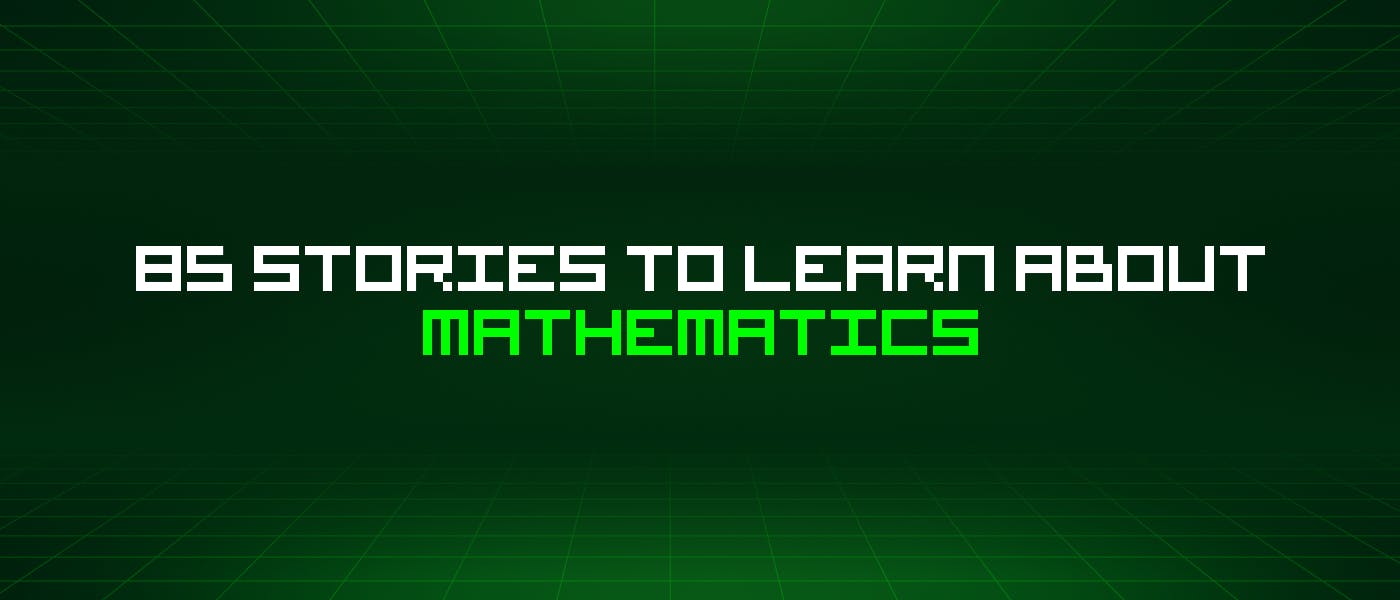Let's learn about Mathematics via these 85 free stories. They are ordered by most time reading created on HackerNoon. Visit the /Learn Repo to find the most read stories about any technology.
I don't like math, but you might. The wonderous world of numbers awaits!
1. Implementing 3x+1 or Collatz Conjecture In Python
 3x+1 or Collatz conjecture is a simple maths problem that can easily be implemented using a simple while loop in Python.
3x+1 or Collatz conjecture is a simple maths problem that can easily be implemented using a simple while loop in Python.
2. Why AI is a Fear-Driven Discipline
 People are scared of AI. According to Genpact research:
People are scared of AI. According to Genpact research:
3. 69 Poem
 69 was in his house
69 was in his house
4. Java Program to Check for Right Angled Triangle
 A simple program in Java to check whether a triangle is right-angled or not.
A simple program in Java to check whether a triangle is right-angled or not.
5. Urpflanze JavaScript Library for Generative Art and Creative Coding
 Urpflanze is a javascript library to approach creative coding and generatve art
Urpflanze is a javascript library to approach creative coding and generatve art
6. Formulas of Uniswap: A Deep Dive
 Find out the benefits of concentrated liquidity for multiple pooled assets in Uniswap.
Find out the benefits of concentrated liquidity for multiple pooled assets in Uniswap.
7. You Can't Run from Math: Applications of Integration & Differentiation
 Learn all about Integration and differentiation with examples and understand their role in calculus.
Learn all about Integration and differentiation with examples and understand their role in calculus.
8. A Guide to Two's Complement: Calculating And Converting For Binary Numbers
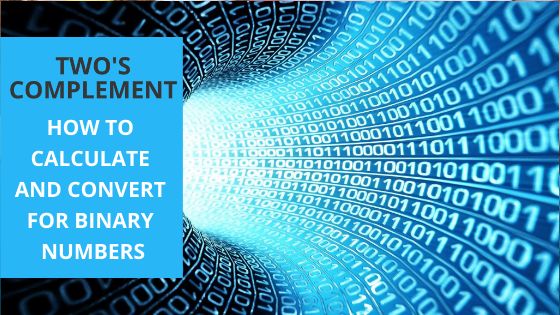 Modern computers today use a binary number representation system called 'Two's complement'. It is a fixed number of binary digits used in computer calculations. Basic math operations such as addition and subtraction can be performed using the binary rules of addition and subtraction. Two's complement is not a complex scheme and is rather very simple to work with. This system also helps overcome the shortcomings of having to deal with magnitudes. Two's complement can be characterized as:
Modern computers today use a binary number representation system called 'Two's complement'. It is a fixed number of binary digits used in computer calculations. Basic math operations such as addition and subtraction can be performed using the binary rules of addition and subtraction. Two's complement is not a complex scheme and is rather very simple to work with. This system also helps overcome the shortcomings of having to deal with magnitudes. Two's complement can be characterized as:
9. How to Calculate Cross Product and Rectangle Area in 3 Easy Steps
 Albeit the dot product of two vectors gives a scalar, in contrast, the resultant vector is a vector of cross-products.
Albeit the dot product of two vectors gives a scalar, in contrast, the resultant vector is a vector of cross-products.
10. Understanding Boolean Methods in Ruby With Examples
 Most programming languages have a Data Type called “Boolean”. This is
a form of data with only two possible values (usually “true” and
“false”). The Ruby language however does not have a Boolean Data
Type.
Most programming languages have a Data Type called “Boolean”. This is
a form of data with only two possible values (usually “true” and
“false”). The Ruby language however does not have a Boolean Data
Type.
11. Divide and Conquer: Karatsuba Integer Multiplication
 Karatsuba algorithm's explanation with examples and illustrations.
Karatsuba algorithm's explanation with examples and illustrations.
12. Change Your Codes Behavior By Using Bitwise Operators
 Let’s dissect a weird bit flag program that took me a second to understand. in doing so, we’ll hopefully gain a more robust understanding of how bit masks and bitwise OR logic can manipulate values effectively.
Let’s dissect a weird bit flag program that took me a second to understand. in doing so, we’ll hopefully gain a more robust understanding of how bit masks and bitwise OR logic can manipulate values effectively.
13. Calculating the Square Root of a Number using the Newton-Raphson Method [A How To Guide]

14. What we need to know about Rounding and Midpoint
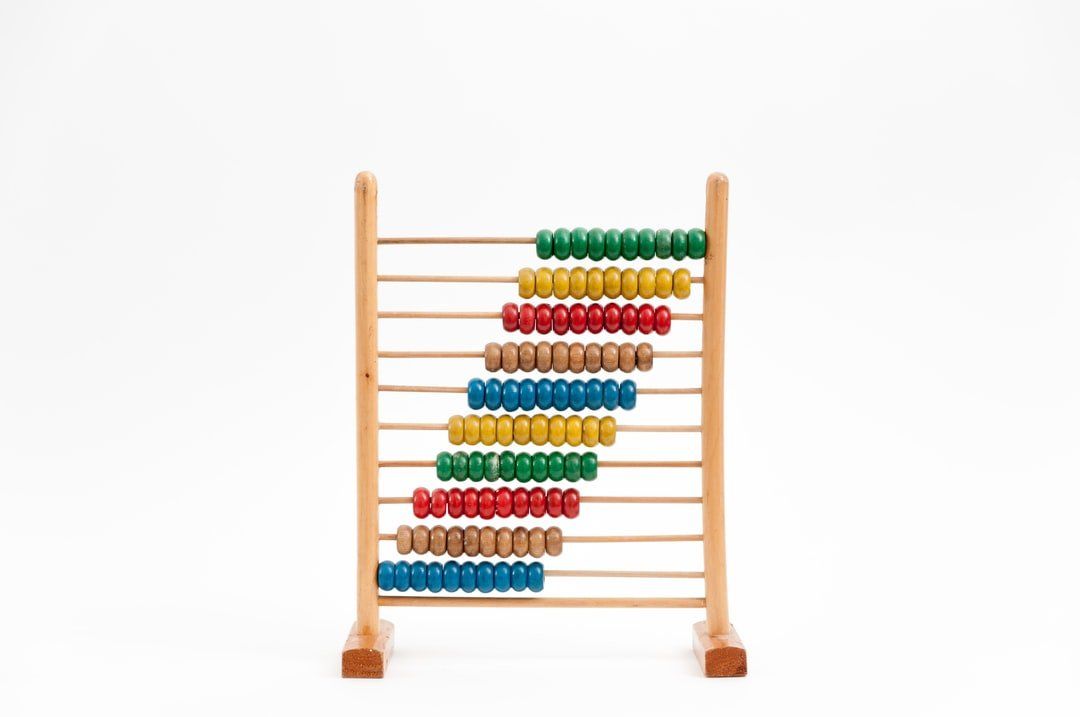 Round a Number: Rounding a number means obtaining an approximate value that allows it to be used without cluttering up with useless precision for what we want to do, but in such a way that this approximation remains as close as possible to the exact value.
Round a Number: Rounding a number means obtaining an approximate value that allows it to be used without cluttering up with useless precision for what we want to do, but in such a way that this approximation remains as close as possible to the exact value.
15. Python Tutorial: Recursive Function Debunked
 This Python Tutorial about the Recursive Function outlines the basic principles and methods to use recursion as a method of automating your software.
This Python Tutorial about the Recursive Function outlines the basic principles and methods to use recursion as a method of automating your software.
16. Motivation from Mathematics: Hire for Slope, not Y-Intercept
 Forget about the y-intercept; slope is the only thing that matters in the long run.
Forget about the y-intercept; slope is the only thing that matters in the long run.
17. What is Collision Resistance in Cryptography?
 A short story about how national secrets, passwords, and financial data stays secret because of a small handful of smart people playing "Bet you can't"
A short story about how national secrets, passwords, and financial data stays secret because of a small handful of smart people playing "Bet you can't"
18. AI And Machine Learning Are Our Best Bet To Keep Saving The World From Climate Catastrophe
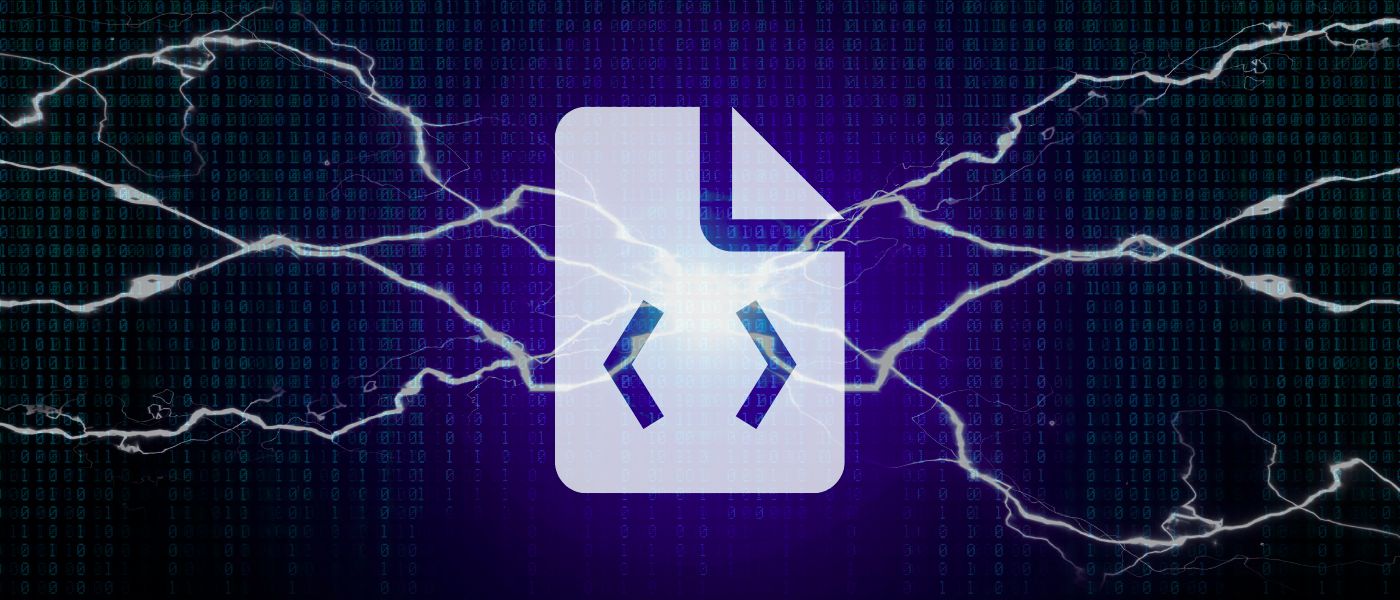 Many equations apply to Nuclear Fusion including the Maximum Entropy Principle. Fusion increases entropy. Think of unsolved equations relating to Nuclear Fusion as hardness problems. Whoever solves these problems or contributed towards software that solves these problems, helped achieve one of the biggest tasks in modern engineering and physics this century. I will be honest, many of us (including a certain somebody) want to win the race. Many of us are also removing obstacles from the obstacle course.
Many equations apply to Nuclear Fusion including the Maximum Entropy Principle. Fusion increases entropy. Think of unsolved equations relating to Nuclear Fusion as hardness problems. Whoever solves these problems or contributed towards software that solves these problems, helped achieve one of the biggest tasks in modern engineering and physics this century. I will be honest, many of us (including a certain somebody) want to win the race. Many of us are also removing obstacles from the obstacle course.
19. Display a Number's Prime Digits
 Program in java to input a number and display its prime digits.
Program in java to input a number and display its prime digits.
20. Christmas Special: Games That Will Help You Understand Complex Math Concepts
 Games like chess and tic-tac-toe are games that have been with us for centuries and many people find them boring. What happens if they get really complicated?
Games like chess and tic-tac-toe are games that have been with us for centuries and many people find them boring. What happens if they get really complicated?
21. Prefix Sums and How They Can be Used to Solve Coding Problems
 In this post, we will look at prefix sums and how they can be used to solve a common coding problem, that is, calculating the sum of an array (segment). This article will use Java for the code samples but the concept should apply to most programming languages.
In this post, we will look at prefix sums and how they can be used to solve a common coding problem, that is, calculating the sum of an array (segment). This article will use Java for the code samples but the concept should apply to most programming languages.
22. Safeguarding Your Passwords from Cracking: Understanding the Math Concepts
 Passwords that seem safe to us are vulnerable to math-based hacking. This is why using concepts like Password Space may be able to make more secure passwords.
Passwords that seem safe to us are vulnerable to math-based hacking. This is why using concepts like Password Space may be able to make more secure passwords.
23. Java Program to Generate Multiplication Table of the Input Number
 Java program to display the multiplication of the input number from 1 to 10.
Java program to display the multiplication of the input number from 1 to 10.
24. Understanding C++20 <chrono> in the Context of Quantitative Finance
 Modern C++20 chrono library usage in quantitative finance for fixed income securities pricing
Modern C++20 chrono library usage in quantitative finance for fixed income securities pricing
25. A Clever Formula for Logarithm
 One of the best mathematical tools ever developed is the logarithm of a number. It has been used extensively in the past for the simplification of lengthy arithmetic calculations. The standard way of using the technique is via tables of common logarithms. The method of using these tables is well known and has been in use for decades. In this article, we will talk about a lesser known method of finding log of a number without using the tables.
One of the best mathematical tools ever developed is the logarithm of a number. It has been used extensively in the past for the simplification of lengthy arithmetic calculations. The standard way of using the technique is via tables of common logarithms. The method of using these tables is well known and has been in use for decades. In this article, we will talk about a lesser known method of finding log of a number without using the tables.
26. Elliptic Curve Cryptography: A Basic Introduction
 Elliptic Curve Cryptography (ECC) is a modern public-key encryption technique famous for being smaller, faster, and more efficient than incumbents.
Elliptic Curve Cryptography (ECC) is a modern public-key encryption technique famous for being smaller, faster, and more efficient than incumbents.
27. Natural Selection Vs. Intelligent Design: A Physicist's Perspective
 Our ability to come up with random numbers can reveal if we are part of a design in disguise. Are we? The age old question is in the reach of quantum biology.
Our ability to come up with random numbers can reveal if we are part of a design in disguise. Are we? The age old question is in the reach of quantum biology.
28. Basic of Cryptography
 What is Cryptography?
What is Cryptography?
29. Must-Know Theorems for Programmers
 Programming is a complex and multifaceted field that encompasses a wide range of mathematical and computational concepts and techniques.
Programming is a complex and multifaceted field that encompasses a wide range of mathematical and computational concepts and techniques.
30. What Is Dynamic Programming?
 This article is for them, who have heard about Dynamic Programming and for them also, who have not heard but want to know about Dynamic Programming (or DP) . In this article, I will cover all those topics which can help you to work with DP .
This article is for them, who have heard about Dynamic Programming and for them also, who have not heard but want to know about Dynamic Programming (or DP) . In this article, I will cover all those topics which can help you to work with DP .
31. Can’t Buy Me Love: An Argument for Implementing Illiquidity
 Mapping human values into code. Hint: its hard to measure them in bitcoin.
Mapping human values into code. Hint: its hard to measure them in bitcoin.
32. Solving Matrix Algebra in JavaScript [An Overview]
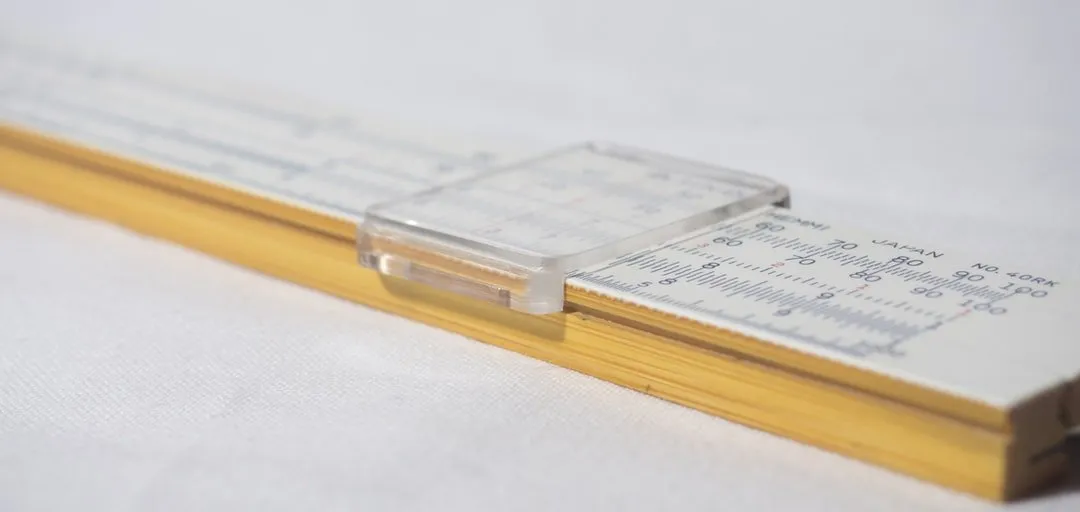 Many problems, especially in scientific computing, end up being formulated as matrix operations. This can be anything from PDE-solvers (PDE - Partial Differential Equation) up to image-processing or ML-algorithms.
Many problems, especially in scientific computing, end up being formulated as matrix operations. This can be anything from PDE-solvers (PDE - Partial Differential Equation) up to image-processing or ML-algorithms.
33. How to Select a Random Node from a Tree

34. Distant Deep Teaching
 Abstract
Abstract
35. Flax: Google’s Open Source Approach To Flexibility In Machine Learning
 Thinking of Machine Learning, the first frameworks that come to mind are Tensorflow and PyTorch, which are currently the state-of-the-art frameworks if you want to work with Deep Neural Networks. Technology is changing rapidly and more flexibility is needed, so Google researchers are developing a new high performance framework for the open source community: Flax.
Thinking of Machine Learning, the first frameworks that come to mind are Tensorflow and PyTorch, which are currently the state-of-the-art frameworks if you want to work with Deep Neural Networks. Technology is changing rapidly and more flexibility is needed, so Google researchers are developing a new high performance framework for the open source community: Flax.
36. Embed Github Gists in your Hacker Noon Stories
 The Hacker Noon editor now supports embedding Github gists.
The Hacker Noon editor now supports embedding Github gists.
37. Decoding Dynamic Programming
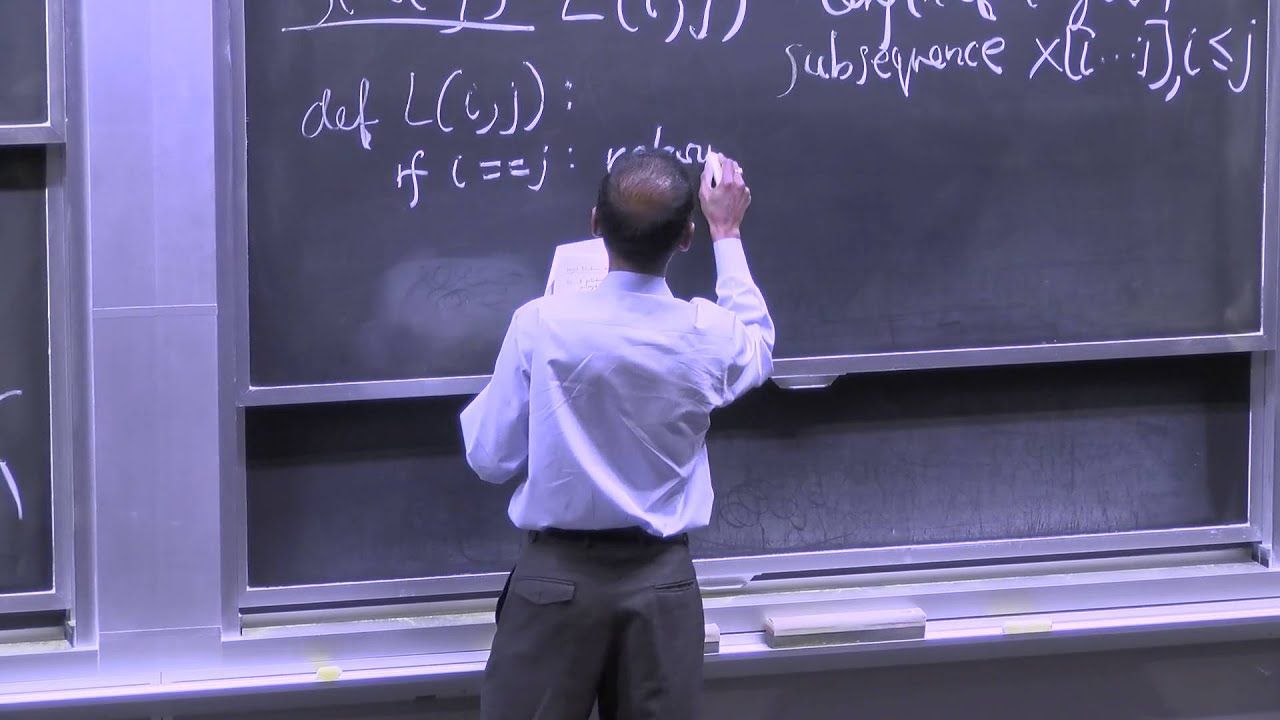 In this post, we will solve a problem involving dynamic programming without being aware of it.
In this post, we will solve a problem involving dynamic programming without being aware of it.
38. What is Zero-Knowledge Proof ?
 Let’s explain exactly what that term means in one sentence:
Let’s explain exactly what that term means in one sentence:
39. Fixed point math in Solidity
 It always seems impossible until it’s done. — Nelson Mandela
It always seems impossible until it’s done. — Nelson Mandela
40. Introduction to Arithmetic Sequences
 An arithmetic sequence is a specific type of sequence in which the difference between two terms is “constant”.
An arithmetic sequence is a specific type of sequence in which the difference between two terms is “constant”.
41. Why Math Functions in C++ Are So Slow
 Why C++ math functions can be slow and how to fix them
Why C++ math functions can be slow and how to fix them
42. Reasons Why Should Students Give More Emphasis on Derivatives and Integrals

43. [Explained] Machine Learning Fundamentals: Optimization Problems and How to Solve Them
 If you start to look into machine learning and the math behind it, you will quickly notice that everything comes down to an optimization problem. Even the training of neural networks is basically just finding the optimal parameter configuration for a really high dimensional function.
If you start to look into machine learning and the math behind it, you will quickly notice that everything comes down to an optimization problem. Even the training of neural networks is basically just finding the optimal parameter configuration for a really high dimensional function.
44. SQL's 50 Year Reign: Here's Why SQL Is Still Relevant Today
 Dive into the detailed history of SQL's rise and reign over the past 50 years. They remained relevant by listening and adapting to the market.
Dive into the detailed history of SQL's rise and reign over the past 50 years. They remained relevant by listening and adapting to the market.
45. Binary Lifting and Its Applications
 Binary Lifting and its use in finding Lowest Common Ancestor (LCA). Explore this amazing algorithm that speeds up ancestor queries in the tree data structure.
Binary Lifting and its use in finding Lowest Common Ancestor (LCA). Explore this amazing algorithm that speeds up ancestor queries in the tree data structure.
46. The REAL Life of Pi: Ethereal, Romantic, Mysterious And Completely Memorizing
 “Probably no symbol in mathematics has evoked as much mystery, romanticism, misconception and human interest as the number Pi” ~William L. Schaaf, Nature and History of Pi. π
“Probably no symbol in mathematics has evoked as much mystery, romanticism, misconception and human interest as the number Pi” ~William L. Schaaf, Nature and History of Pi. π
47. Re: George Hotz, Simulation Theory, Stephen Wolfram, "God and Dice"
 When asked about the universe, its origin, and life in general, what comes to mind? The answer has fathomed scientist, theologians, philosophers and man for decades. I can go from the philosophical standpoint of being like, I am a Copt, here is what I believe. You and me, could go back and forth discussing what is truth, and all that. However, this isn't the point of this post. I want to look at the question of, "a universal theorem of everything". The whole universe and how it is tied in general is that of a physics standpoint. We are at the dawn of age of exploration really, and still mankind has a question on what unifies nature itself.
When asked about the universe, its origin, and life in general, what comes to mind? The answer has fathomed scientist, theologians, philosophers and man for decades. I can go from the philosophical standpoint of being like, I am a Copt, here is what I believe. You and me, could go back and forth discussing what is truth, and all that. However, this isn't the point of this post. I want to look at the question of, "a universal theorem of everything". The whole universe and how it is tied in general is that of a physics standpoint. We are at the dawn of age of exploration really, and still mankind has a question on what unifies nature itself.
48. On Zero-Knowledge Proofs And Why They Matter
 There is a lot of enthusiasm for the application of zero-knowledge proof systems, at Dusk Network we’ve developed the open-source PLONK zero-knowledge proof system. It can be used for many things, and what better way to demonstrate its potential with an example!
There is a lot of enthusiasm for the application of zero-knowledge proof systems, at Dusk Network we’ve developed the open-source PLONK zero-knowledge proof system. It can be used for many things, and what better way to demonstrate its potential with an example!
49. Shakespeare Meets Google's Flax
 Some are born great, some achieve greatness, and some have greatness thrust upon them.
Some are born great, some achieve greatness, and some have greatness thrust upon them.
William Shakespeare, Twelfth Night, or What You Will
50. Goldman Sachs, Data Lineage, and Harry Potter Spells
 Goldman Will Dominate Consumer Banking
Goldman Will Dominate Consumer Banking
51. Introduction To Maths Behind Neural Networks
 Today, with open source machine learning software libraries such as TensorFlow, Keras or PyTorch we can create neural network, even with a high structural complexity, with just a few lines of code. Having said that, the Math behind neural networks is still a mystery to some of us and having the Math knowledge behind neural networks and deep learning can help us understand what’s happening inside a neural network. It is also helpful in architecture selection, fine-tuning of Deep Learning models, hyperparameters tuning and optimization.
Today, with open source machine learning software libraries such as TensorFlow, Keras or PyTorch we can create neural network, even with a high structural complexity, with just a few lines of code. Having said that, the Math behind neural networks is still a mystery to some of us and having the Math knowledge behind neural networks and deep learning can help us understand what’s happening inside a neural network. It is also helpful in architecture selection, fine-tuning of Deep Learning models, hyperparameters tuning and optimization.
52. The Manual and Digital Ways of Calculating Factorization
 The factor is the numeral that can easily be divided into other numerals. It is to divide a numeral equally. If we have to divide 6, we are going to use 1, 2, 3, and 6. No other numerals can be used to divide it as they wouldn’t give the one numeral that is equally divisible. Factoring refers to the process of finding numbers so that results would be taken by multiplication. For this, we have to find out the highest common factor then divide it to have the result.
The factor is the numeral that can easily be divided into other numerals. It is to divide a numeral equally. If we have to divide 6, we are going to use 1, 2, 3, and 6. No other numerals can be used to divide it as they wouldn’t give the one numeral that is equally divisible. Factoring refers to the process of finding numbers so that results would be taken by multiplication. For this, we have to find out the highest common factor then divide it to have the result.
53. zk-SNARK Concepts Explained In Different Levels of Complexity
 I’ve decided to write an ELI15 for zk-SNARK jargon since I’ve yet to come across something similar during my studies.
I’ve decided to write an ELI15 for zk-SNARK jargon since I’ve yet to come across something similar during my studies.
54. Python Libraries For Data Science
 Top Data science libraries introduction of The Python programming language is assisting the developers in creating standalone PC games, mobiles, and other similar enterprise applications. Python has in excess of 1, 37,000 libraries which help in many ways. In this data-centric world, most consumers demand relevant information during their buying process. The companies also need data scientists for achieving deep insights by processing the big data.
Top Data science libraries introduction of The Python programming language is assisting the developers in creating standalone PC games, mobiles, and other similar enterprise applications. Python has in excess of 1, 37,000 libraries which help in many ways. In this data-centric world, most consumers demand relevant information during their buying process. The companies also need data scientists for achieving deep insights by processing the big data.
55. Fenwick Tree Explained
 Fenwick Tree is an interesting data structure that uses binary number properties to solve point update and range queries in your code in some situations.
Fenwick Tree is an interesting data structure that uses binary number properties to solve point update and range queries in your code in some situations.
56. Introduction to Cryptography: Vigenère Cipher [Part 2]
 Hi again and welcome back to part 2 of the basic cryptography. Previously we discuss about what is cryptography and how fundamental and ancient problem it is in communication science. We talk about ceaser's cipher and how easy it is to break. We also talk about Substitution Cipher which was slight improvement to Ceaser' cipher but can easily be cracked using Frequency analysis technique.
Hi again and welcome back to part 2 of the basic cryptography. Previously we discuss about what is cryptography and how fundamental and ancient problem it is in communication science. We talk about ceaser's cipher and how easy it is to break. We also talk about Substitution Cipher which was slight improvement to Ceaser' cipher but can easily be cracked using Frequency analysis technique.
57. Tech Politics, Math, and Career
 Baakt Launch
Baakt Launch
58. The Digital Universal Drachma: A Paradigm for a Global Private-Public Cryptocurrency
 A bold re-envisioning of the fundamentals behind blockchain technology and economic theory, in this paper Chitose Nakamoto suggests a middle ground in crypto.
A bold re-envisioning of the fundamentals behind blockchain technology and economic theory, in this paper Chitose Nakamoto suggests a middle ground in crypto.
59. Math GPT: Can AI Help Solve Unified Theory ?
 What if we trained AI to complete equations instead of images of Cats?
What if we trained AI to complete equations instead of images of Cats?
60. The Concept of Numbers for a Y-Generation Organic Processing Unit
 Whether it's consciously or subconsciously, we use numbers every single moment of our lives. Numbers help us navigate in what we refer to as real life, as they help us set fixed determinations of concepts that are impossible to comprehend otherwise, eliminating the need for "lagging."
Whether it's consciously or subconsciously, we use numbers every single moment of our lives. Numbers help us navigate in what we refer to as real life, as they help us set fixed determinations of concepts that are impossible to comprehend otherwise, eliminating the need for "lagging."
61. 5 Ways to Get Kids Interested in Stem
 Studying STEM has become crucial for students who want to be part of an innovative, rapidly growing industry with excellent career prospects.
Studying STEM has become crucial for students who want to be part of an innovative, rapidly growing industry with excellent career prospects.
62. How I Built a Simple Report Card Program in Java for 15 Subjects Part 2
 Write a program to take marks of 15 subjects from the user and display the Total, Percentage, Highest Marks, Average, and Remarks.
Write a program to take marks of 15 subjects from the user and display the Total, Percentage, Highest Marks, Average, and Remarks.
63. Introduction To The Convolution
 In this article, we are going to learn about the grayscale image, colour image and the process of convolution.
In this article, we are going to learn about the grayscale image, colour image and the process of convolution.
64. How to Kalman Filter Your Way Out
 Learn how to use Kalman filters to minimize uncertainty with multi-sensory arrays
Learn how to use Kalman filters to minimize uncertainty with multi-sensory arrays
65. Learning AI If You Suck at Math — P6 — Math Notation Made Easy!
 If you’ve followed parts 1, 2, 3, 4, 5 and 7 of this series you know that you really don’t need a lot of math to get started with AI. You can dive right in with practical tutorials and books on the subject.
If you’ve followed parts 1, 2, 3, 4, 5 and 7 of this series you know that you really don’t need a lot of math to get started with AI. You can dive right in with practical tutorials and books on the subject.
66. Pseudo-Mathematical Proof of All Things Being Skills You Can Get Better At
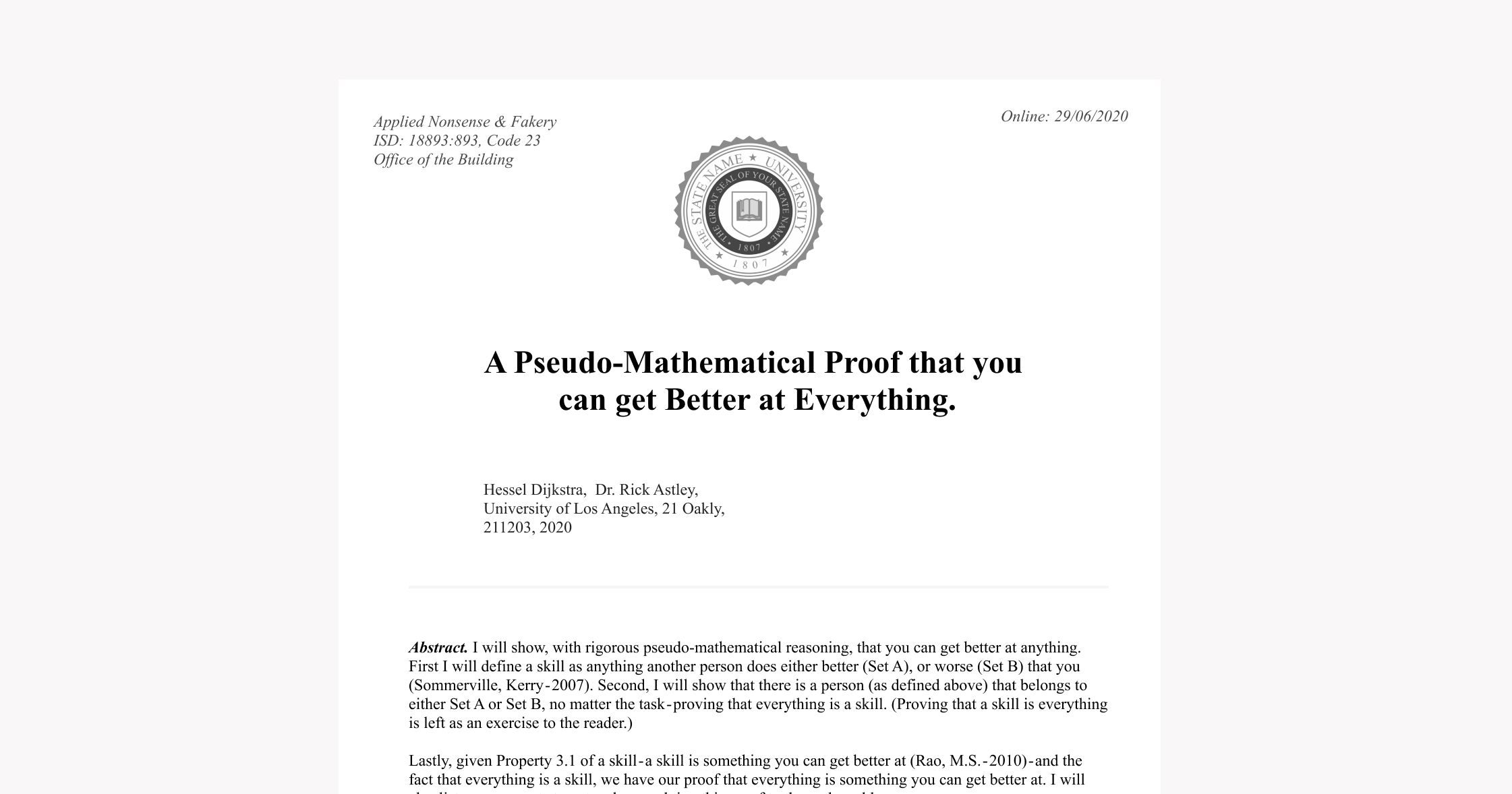
67. The Mind-Bending World of Heuristic Emergence Might Mean We're Artificial
 Imagine winning the lottery!
Imagine winning the lottery!
68. VR Math: The Difficulties of Moving Objects in Virtual Reality
 Applied game dev math can be tricky, but is really rewarding. Here’s a follow-up to Nevyn’s Twitter thread on his journey from incomprehensible mess to enlightened one-liner.
Applied game dev math can be tricky, but is really rewarding. Here’s a follow-up to Nevyn’s Twitter thread on his journey from incomprehensible mess to enlightened one-liner.
69. The Mathematical Analysis of Logic by George Boole - Table of Links
 The Mathematical Analysis of Logic, by George Boole, is part of the HackerNoon Books Series. Read this book online for free on HackerNoon!
The Mathematical Analysis of Logic, by George Boole, is part of the HackerNoon Books Series. Read this book online for free on HackerNoon!
70. Introduction to Threshold Signatures
 Today we’re announcing cross-chain zaps integration into the Symbiosis protocol.
Today we’re announcing cross-chain zaps integration into the Symbiosis protocol.
71. A Brief Introduction to Algorithmic Complexity
 It’s not just the running time; it’s the space usage too. We see algorithms used in pretty much every program that’s larger than a college project.
It’s not just the running time; it’s the space usage too. We see algorithms used in pretty much every program that’s larger than a college project.
72. I Really Struggled With Math Because My Teachers Were Horrible
 I really struggled with Math at a point cause my teachers were horrible.
I really struggled with Math at a point cause my teachers were horrible.
73. Geometrical Constants in Equilateral Triangles: Part I

74. The Gambler's Ruin Explained
 10-K Diver explains the gambler's ruin.
10-K Diver explains the gambler's ruin.
75. What We Need to Know About Standard Deviation & Distance Formula
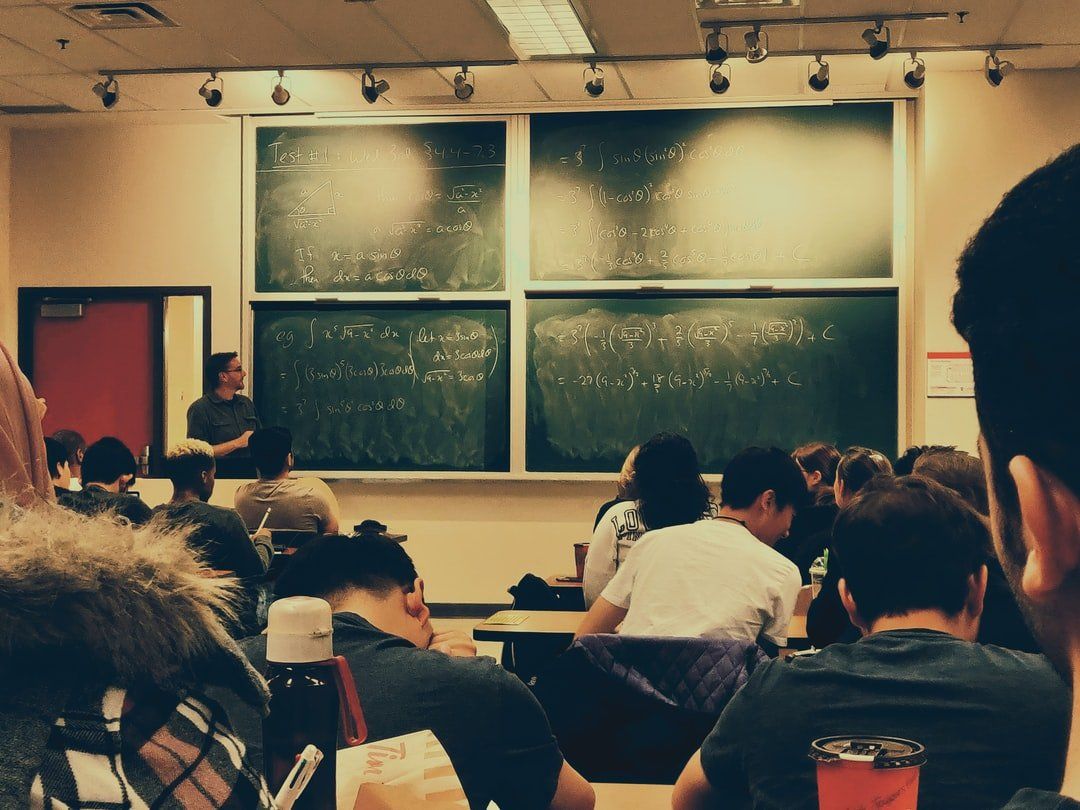 Standard Deviation Elucidation: Standard deviation is particularly used to catch the values of dispersed data of a set. It shows the result in two states, whether the answer lies near or away from the reference or mean position. It is important to realize that any Regular Distribution includes a Mean and Standard Deviation. The Regular Distribution is symmetrical about the Mean. The Standard Deviation determines the distribution's shape.
Standard Deviation Elucidation: Standard deviation is particularly used to catch the values of dispersed data of a set. It shows the result in two states, whether the answer lies near or away from the reference or mean position. It is important to realize that any Regular Distribution includes a Mean and Standard Deviation. The Regular Distribution is symmetrical about the Mean. The Standard Deviation determines the distribution's shape.
76. A 42-Min Fall: A Physicist's Take on Falling Through The Centre of The Earth
 The classic 1864 science fiction novel by Jules Verne, titled "Journey to the Center of the Earth" has mesmerized many generations. The desire to discover the secrets inside the earth is perhaps as old as the desire to discover the secrets of the stars.
The classic 1864 science fiction novel by Jules Verne, titled "Journey to the Center of the Earth" has mesmerized many generations. The desire to discover the secrets inside the earth is perhaps as old as the desire to discover the secrets of the stars.
77. Thrilled to be Recognized as The HackerNoon Contributor of the Year - MATHEMATICS
 Merlyn is the teacher’s digital assistant, a multimodal solution built to give time back to teachers.
Merlyn is the teacher’s digital assistant, a multimodal solution built to give time back to teachers.
78. An Insecure Pillar in Cybersecurity
 From Caesar's cipher to RSA. A deep dive into the inner workings of modern cryptography and its potential crumbling.
From Caesar's cipher to RSA. A deep dive into the inner workings of modern cryptography and its potential crumbling.
79. The Truth About Less Biased Data-Informed Predictive Policing
 Critics say it merely techwashes injustice
Critics say it merely techwashes injustice
80. The Story of Machine Proofs - Part II
 Automated theorem proving,
Automated theorem proving,
81. How to Kalman Filter Your Way Out (Part 2: Updating Your Prediction)
 Part II describes how to use Kalman filters to minimize uncertainty when using multi-sensor arrays
Part II describes how to use Kalman filters to minimize uncertainty when using multi-sensor arrays
82. Breaking Down Secretary Problem
 What did you think of when you had a crush on someone? Did you fantasize about marriage with him/her? When you were in some serious relationship, did you plan marriage with your partner? How did the relationship turn out? Some relationships turn into a marriage, and some don’t. Hearing stories of many friends, I see extremely few people being in a relationship (and later marrying) with only one person whole over their life.
What did you think of when you had a crush on someone? Did you fantasize about marriage with him/her? When you were in some serious relationship, did you plan marriage with your partner? How did the relationship turn out? Some relationships turn into a marriage, and some don’t. Hearing stories of many friends, I see extremely few people being in a relationship (and later marrying) with only one person whole over their life.
83. Deep Learning for Modeling Audio-Visual Correspondences
 Human perception is multidimensional and a balanced combination of hearing, vision, smell, touch, and taste. Recently, many pieces of research have tried to step forward on the road of improving machine perception by transitioning from single-modality learning to multimodality learning.
Human perception is multidimensional and a balanced combination of hearing, vision, smell, touch, and taste. Recently, many pieces of research have tried to step forward on the road of improving machine perception by transitioning from single-modality learning to multimodality learning.
84. Art + Science + Scripture = Bible Math
 This science/scripture/art article known as Bible Math came about in a most-riveting, creative, and spiritual way. For over two decades, I have been leading weekly Bible Discussion Groups and studying the Bible with people on an individual mentoring level. In the course of these spiritual adventures, as part of the City of Angels International Christian Church, I am typically delighted to share the gospel with all who are willing to listen and put the word of God into practice. Such delight is especially true of the following mathematics-focused Bible study.
This science/scripture/art article known as Bible Math came about in a most-riveting, creative, and spiritual way. For over two decades, I have been leading weekly Bible Discussion Groups and studying the Bible with people on an individual mentoring level. In the course of these spiritual adventures, as part of the City of Angels International Christian Church, I am typically delighted to share the gospel with all who are willing to listen and put the word of God into practice. Such delight is especially true of the following mathematics-focused Bible study.
85. Object Detection Using Single Shot MultiBox Detector (A Case Study Approach)
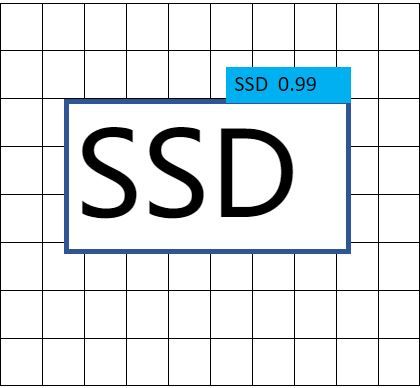 This blog post delivers the fundamental principles behind object detection and it's algorithms with rigorous intuition.
This blog post delivers the fundamental principles behind object detection and it's algorithms with rigorous intuition.
Thank you for checking out the 85 most read stories about Mathematics on HackerNoon.
Visit the /Learn Repo to find the most read stories about any technology.

